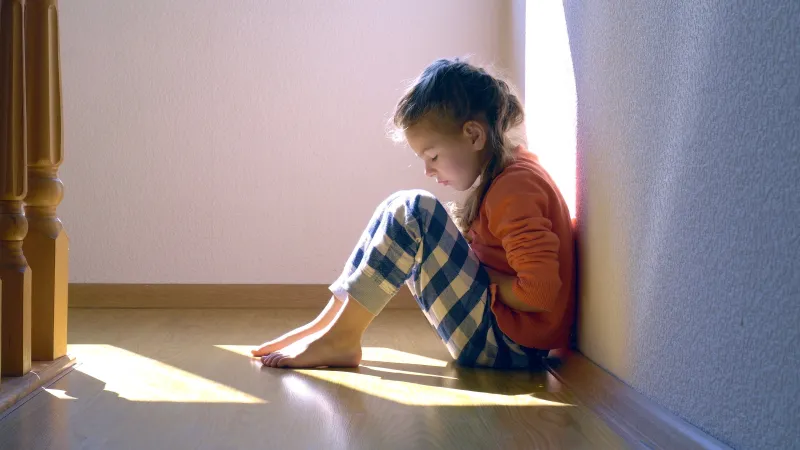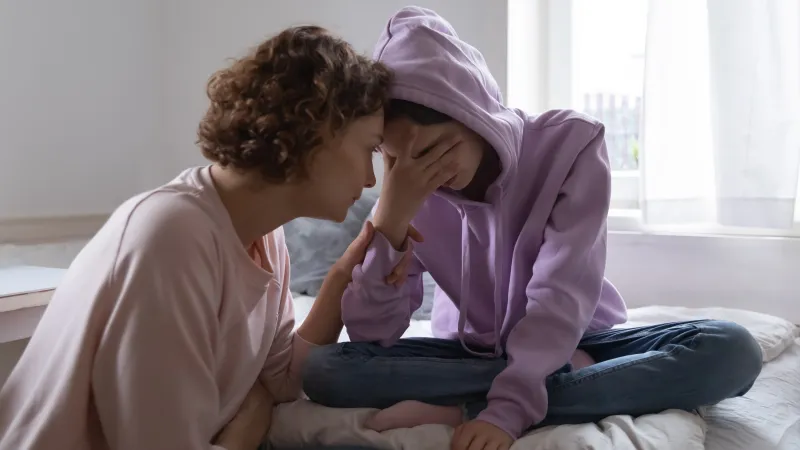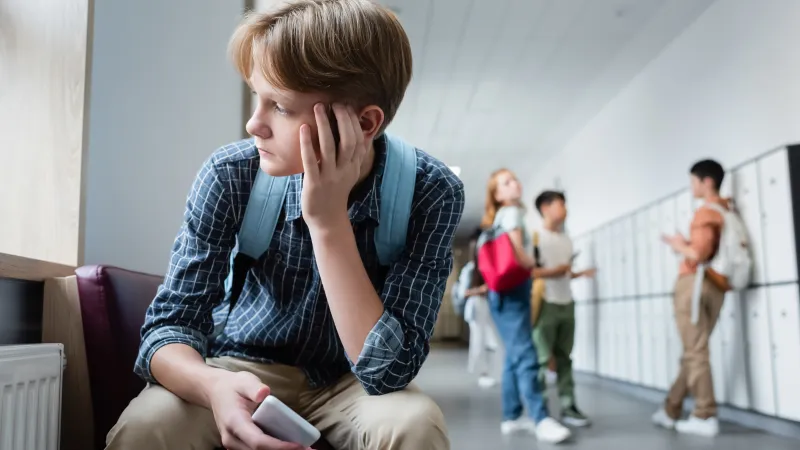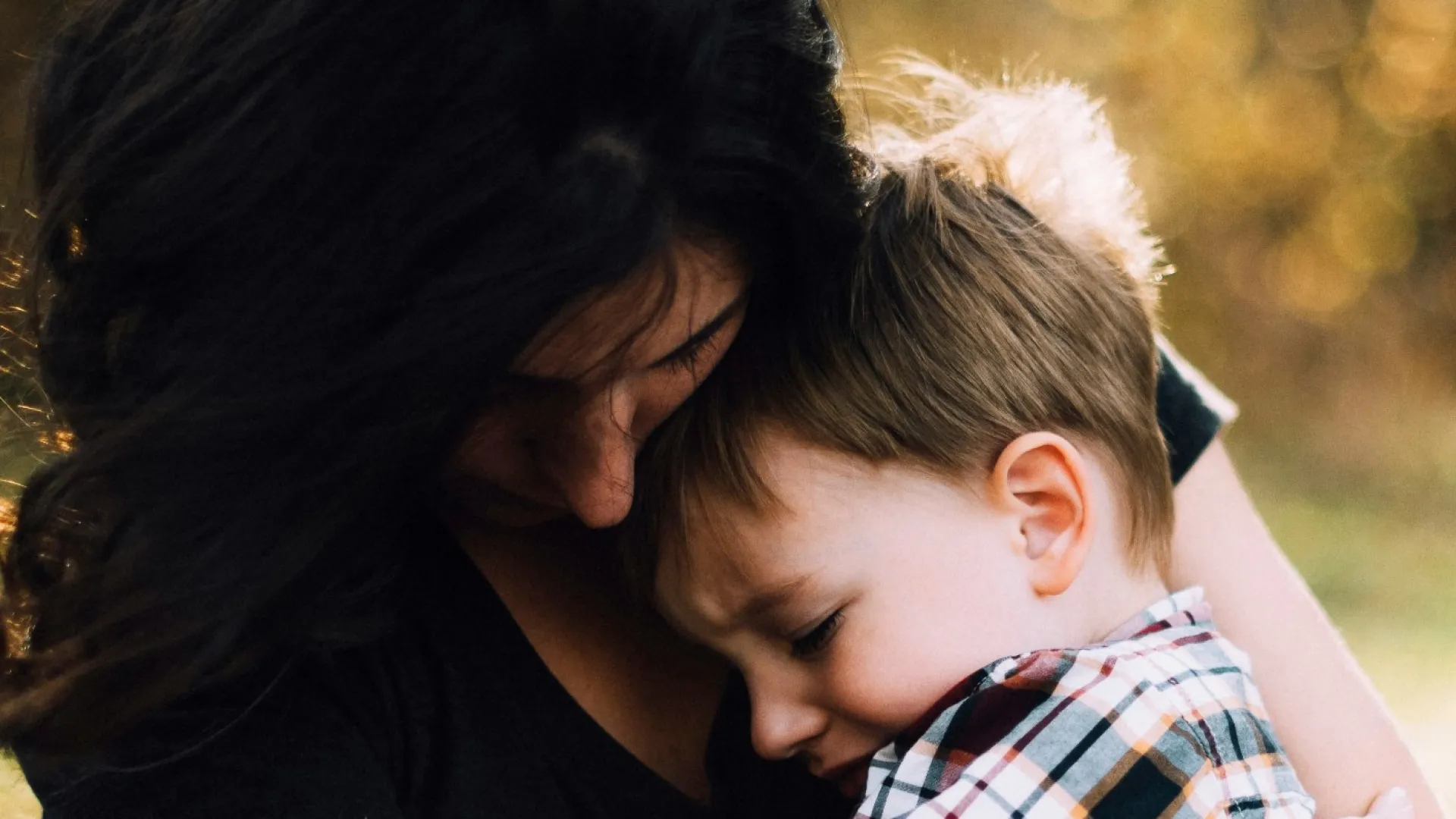
Understanding Children's Grief
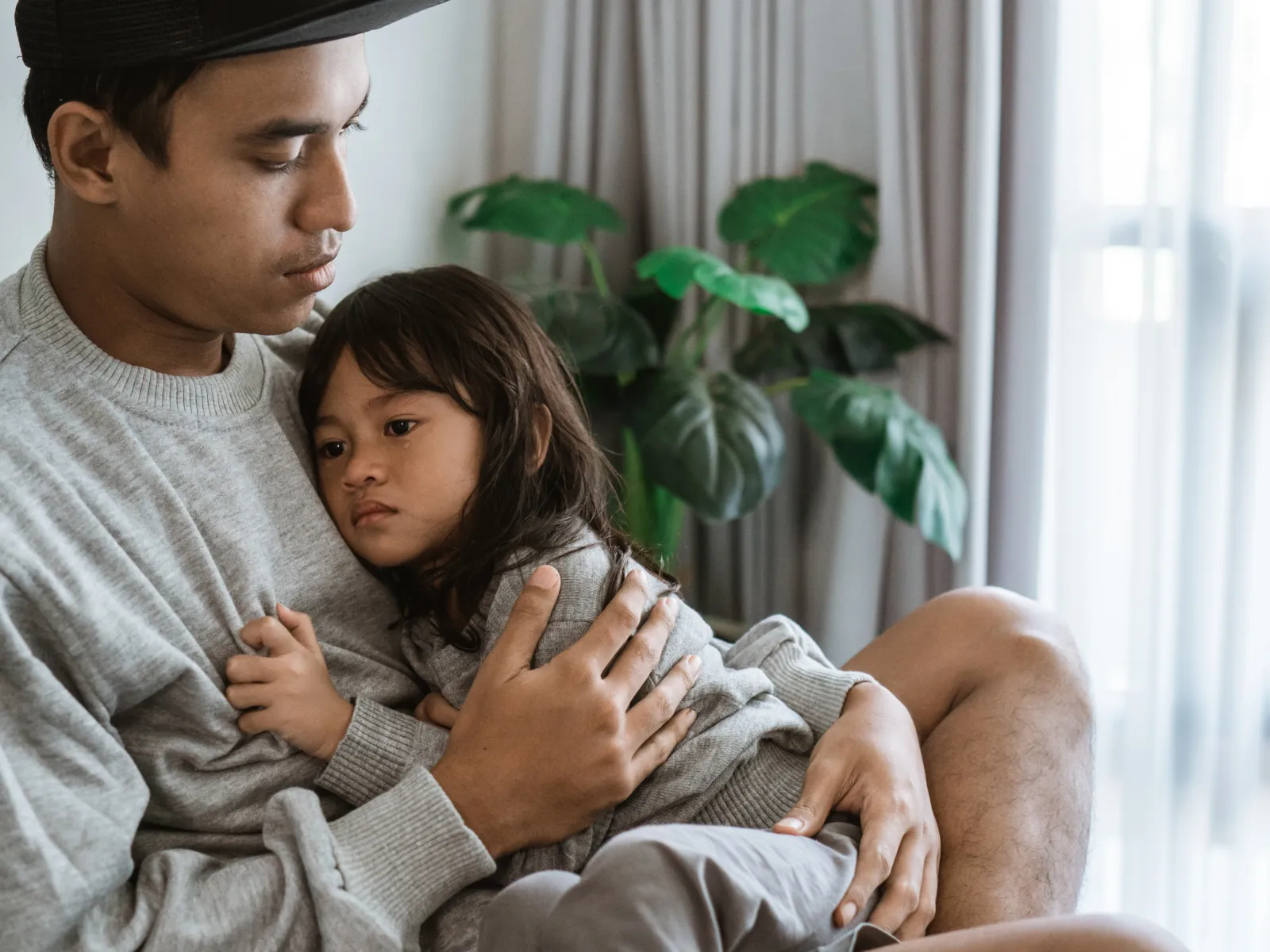
Children's Grief Looks Different
This can result in longer periods of grief for some children. According to the Harvard Child Bereavement Study, about 20% of children are "delayed grievers" and may have significant grief symptoms two or more years after the loss of a loved one. This is perfectly normal. Age and developmental stage greatly affect children's grief experience and behavior. There are, however, some common traits across age groups. These can include:
- Denial: Pretending or wishing the loss did not occur or acting as if they are unaffected. Sadness: Crying constantly, at intervals, or not at all. They may have varying degrees of fatigue, hyperactivity or withdrawal. Fear: Frequently showing concern about death, particularly of their own loved ones; expressing concern about their welfare and future caregiving; seeking contact and reassurance; clinging.
- Anger: Toward others, self, God, and the one who died; this anger may be hidden or expressed through words or behaviors. There may be increased sibling squabbles.
- Guilt and Self-Blame: Wishful thinking (if only…); regret; asking the same questions repeatedly to gain reassurance and relief; secretly blaming themselves.
- Regression: Returning to earlier level of functioning (bedwetting, seeking forgotten security blanket); usually turns around quickly with reassurance and the absence of criticism or judgment.
- Health or Sleep Changes: Minor health complaints; change in appetite, bad dreams, changes in sleep patterns, fear of sleeping alone.
- Protection of Parents: Children can act like little adults and may hide their grief in order to comfort and nurture the parent. Insecurity: Refusing to go to school; increased possessiveness.
These are general reactions. Children may exhibit one of more of these symptoms.

